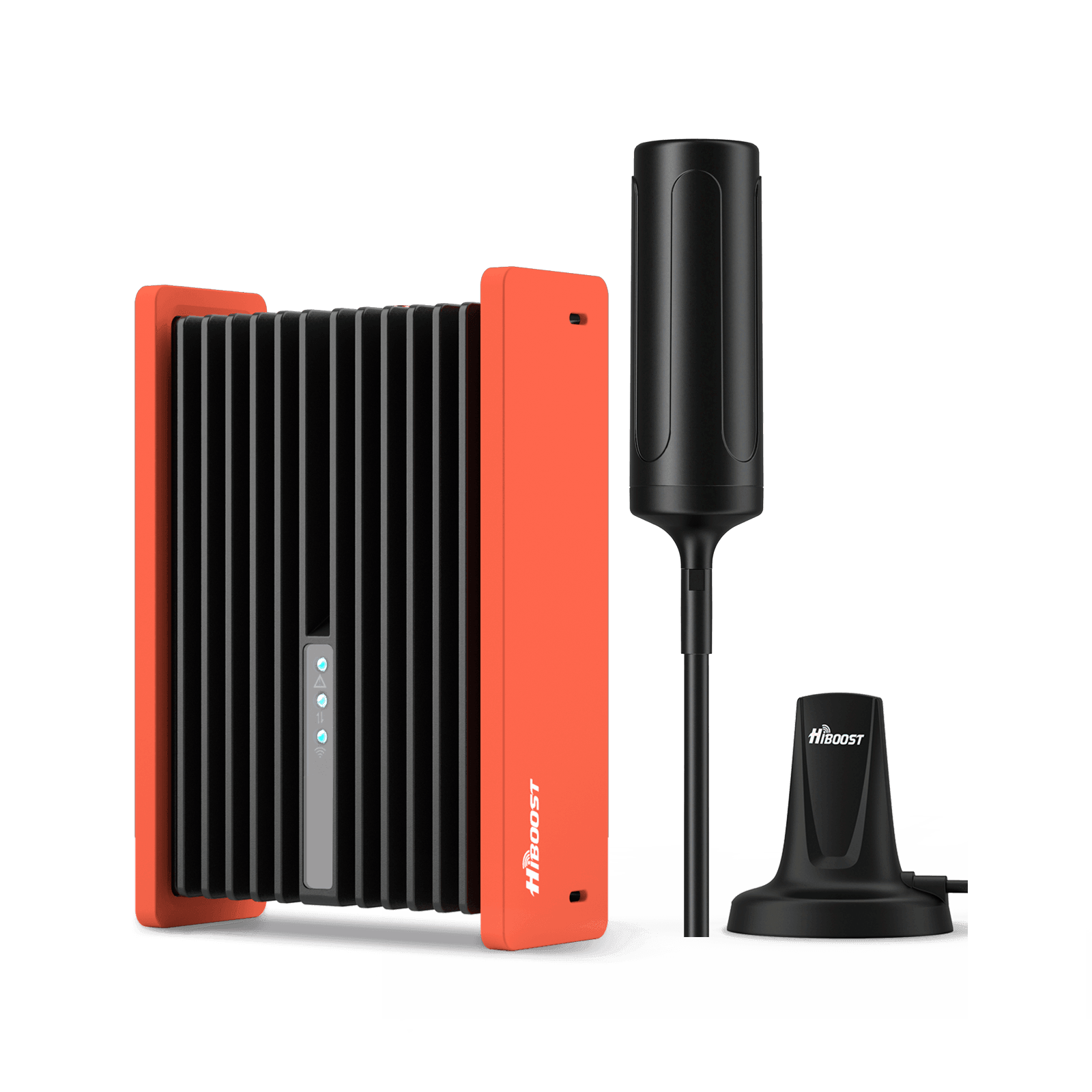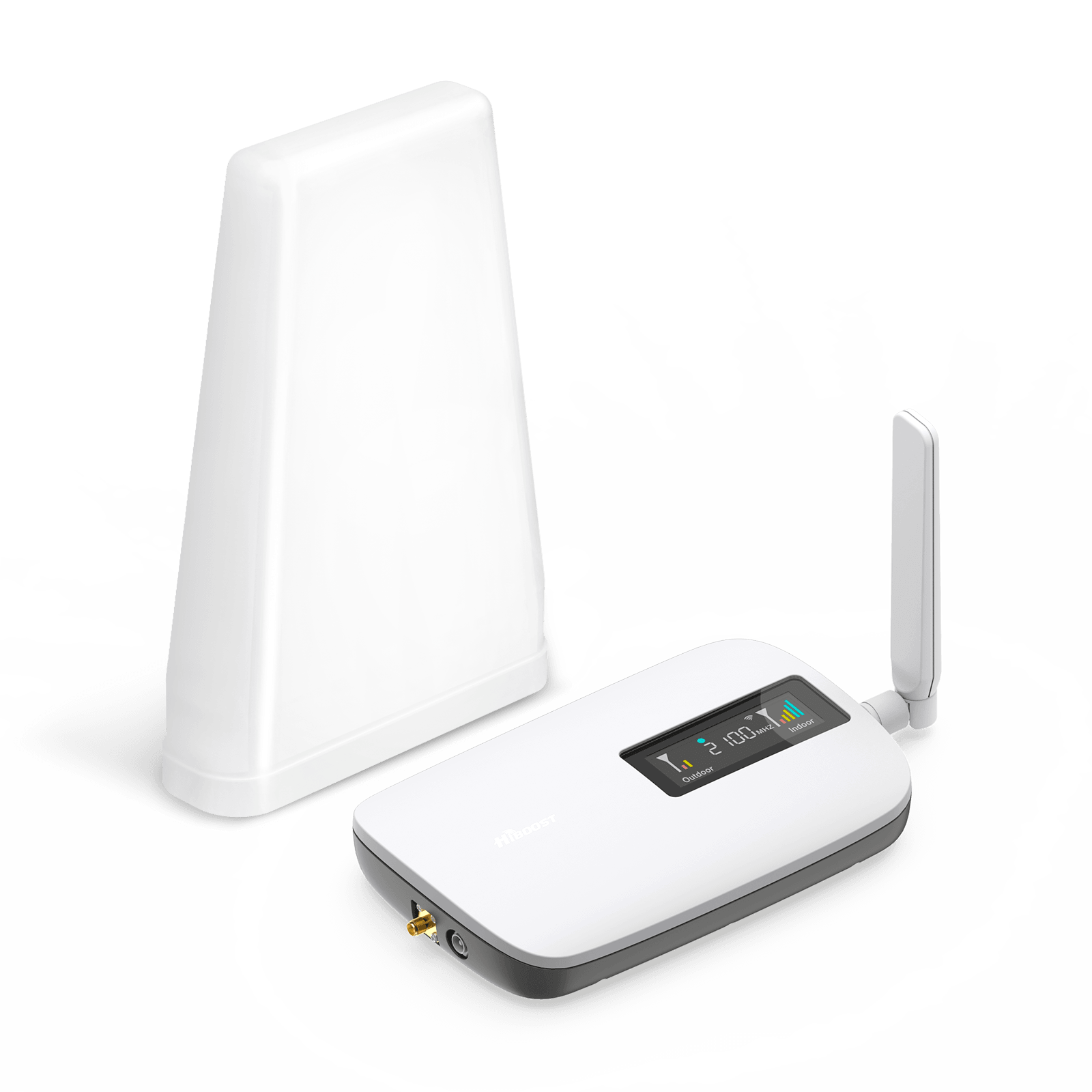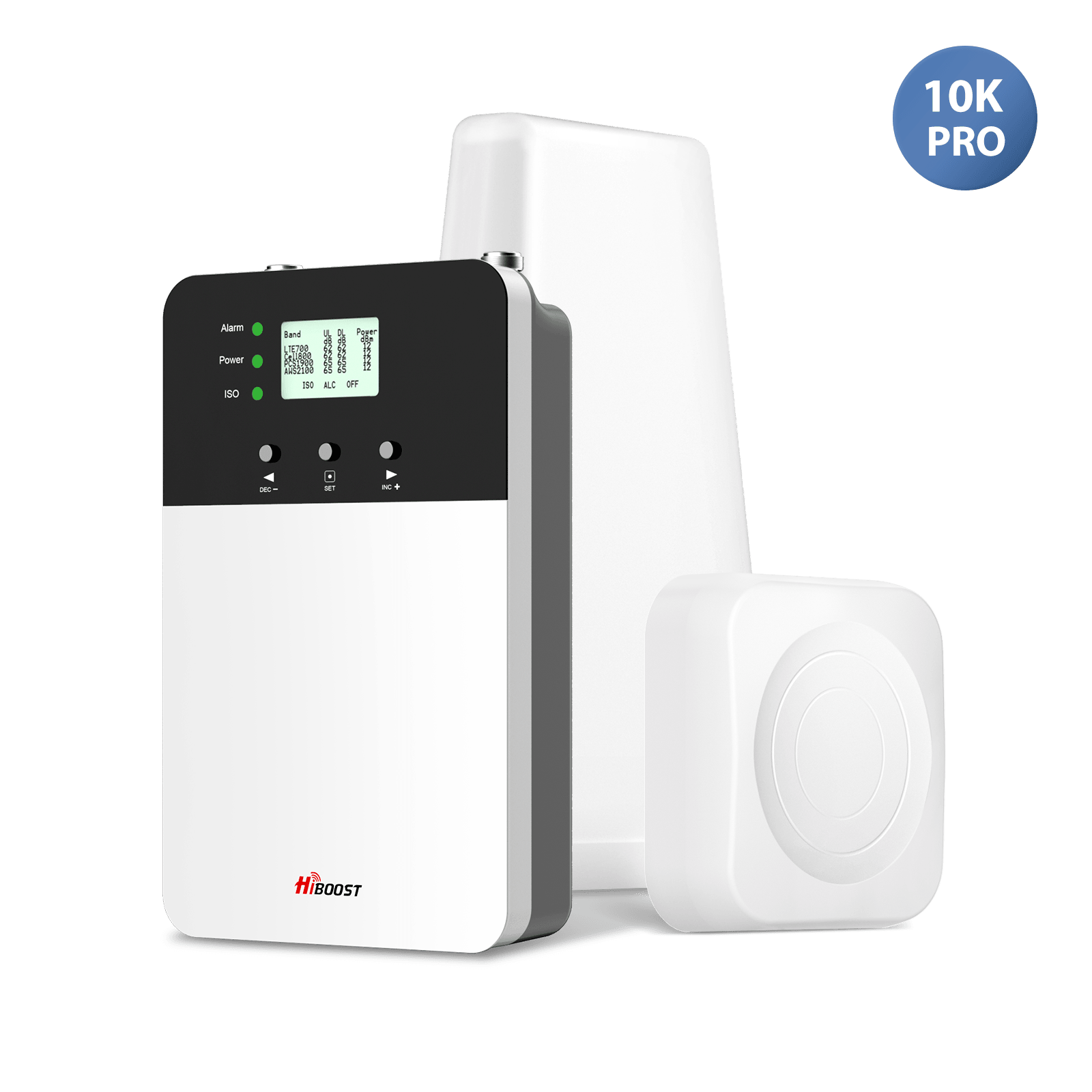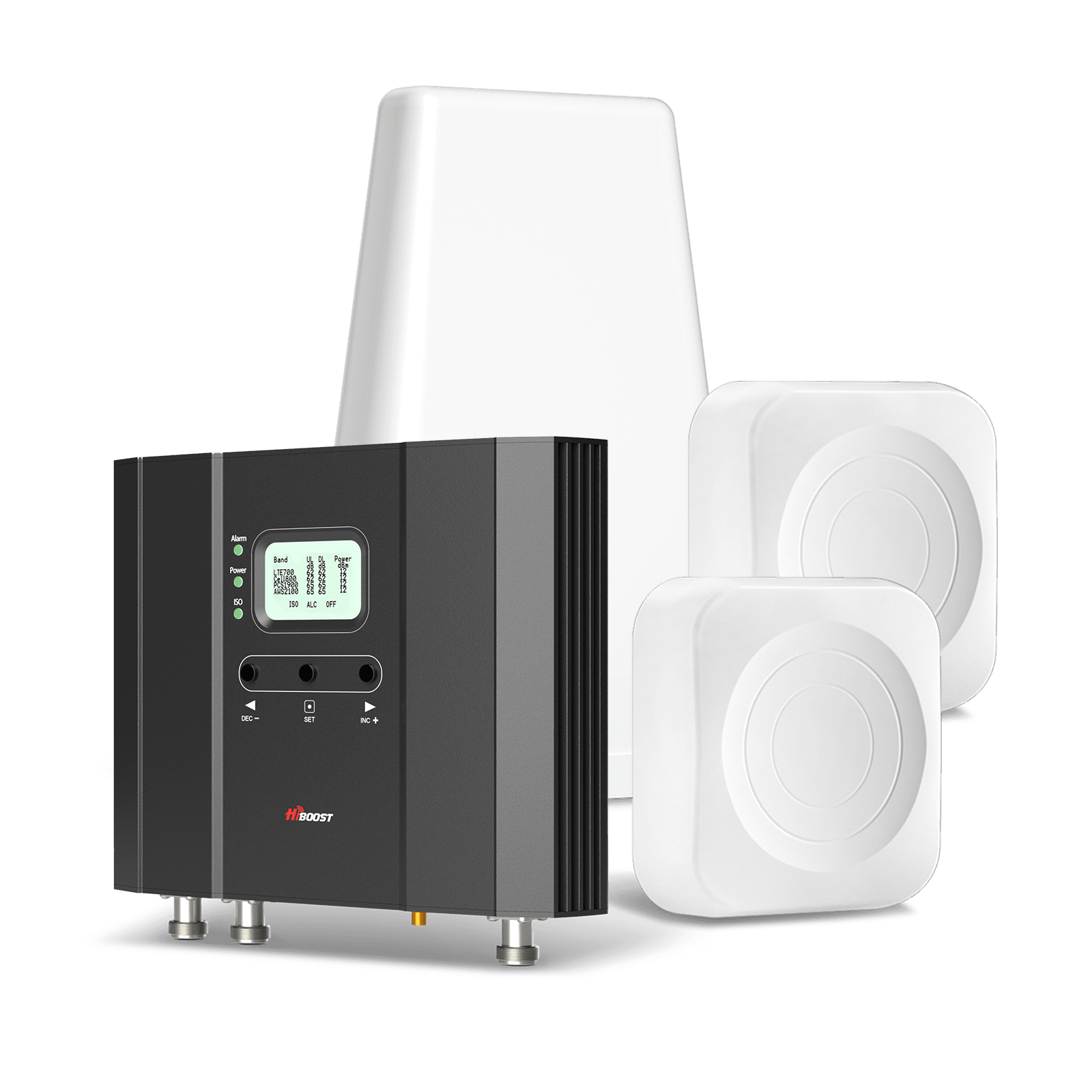Table of Contents
In today’s fast-paced digital world, we often hear terms like 4G, LTE, and 5G when talking about mobile networks, but what do they really mean? As technology evolves, so do the networks that power our smartphones, tablets, and other connected devices.

Understanding the differences between these technologies is essential for anyone curious about their internet speed, connectivity, and the future of wireless communication.
4G brought us faster download speeds and improved reliability, while LTE, often used interchangeably with 4G, is actually an enhancement of it.
Now, 5G is rolling out, promising lightning-fast speeds, ultra-low latency, and the ability to connect more devices than ever before. But how does it all work, and what does it mean for you?
In this article, we’ll break down the key differences between 4G, LTE, and 5G, so you can stay informed and make the most of your mobile experience.
What is 4G?
4G, or the fourth generation of mobile telecommunications technology, represents a significant leap from its predecessor, 3G. It offers enhanced speed, improved capacity, and better reliability, fundamentally transforming how we connect and communicate.
Here are some key features of 4G technology:
- Speed: 4G networks provide faster data transfer rates, typically ranging from 100 Mbps to 1 Gbps. This enables seamless streaming of high-definition videos, quick downloads, and a smoother browsing experience.
- Latency: One of the standout features of 4G is its low latency, typically around 30-50 milliseconds. This means that there is minimal delay when sending and receiving data, which is crucial for real-time applications like online gaming and video calls.
- Improved Capacity: 4G networks can support a larger number of users and devices simultaneously without compromising performance.
This is essential as our reliance on mobile data continues to grow with more connected devices.
- Enhanced Multimedia: With the increased speed and capacity, 4G supports a wide range of multimedia applications, including high-quality video conferencing, mobile gaming, and streaming services.
4G technology has revolutionized mobile communications, enabling users to enjoy a faster and more reliable internet experience.
How Fast is 4G?
4G technology has significantly transformed mobile connectivity, offering much faster data speeds compared to its predecessor, 3G. On average, 4G networks deliver download speeds ranging from 5 to 100 Mbps.
In optimal conditions, advanced implementations can even reach speeds up to 1 Gbps, dramatically enhancing user experiences across various applications.
One of the most noticeable improvements with 4G is the ability to
download large files quickly. For instance, a standard high-definition movie, which might take hours to download on a 3G network, can typically be downloaded in just a few minutes with 4G.
This speed allows users to stream videos, play online games, and browse the internet seamlessly without frustrating delays.
In terms of upload speeds, 4G also shines, providing speeds ranging from 1 to 20 Mbps. This improvement enables users to share photos, videos, and live streams effortlessly, fostering real-time engagement on social media and other platforms.
Another crucial aspect of 4G is its low latency, typically ranging between 20 to 30 milliseconds. This reduced delay is particularly beneficial for activities like video conferencing and online gaming, where real-time interaction is critical.
However, actual speeds can vary based on factors such as network congestion, distance from the cell tower, and geographical location. Urban areas generally benefit from better coverage and faster speeds than rural regions.
4G technology offers impressive speed capabilities that enhance mobile connectivity and transform how we consume digital content.
What is LTE?
LTE, or Long-Term Evolution, is a standard for wireless broadband technology that represents a significant advancement in mobile communication.
Often marketed as 4G LTE, it offers enhanced data speeds and improved network efficiency compared to earlier technologies like 3G.
Here are some key points about LTE:
- High-Speed Data Transfer: LTE provides faster download and upload speeds, typically ranging from 5 to 100 Mbps, allowing users to stream videos, download files, and browse the internet with ease.
- Low Latency: One of LTE's standout features is its low latency, which can be as low as 20 milliseconds. This quick response time is essential for real-time applications like online gaming and video conferencing.
- Improved Capacity: LTE networks can handle more users and devices simultaneously, making it ideal for densely populated areas. This increased capacity ensures consistent performance even during peak usage times.
- Enhanced Mobility: LTE supports high-speed connectivity while users are on the move, allowing seamless communication and internet access for mobile users in vehicles or crowded public transport.
LTE is a crucial technology that has significantly improved mobile communication, enabling faster, more reliable, and efficient wireless connectivity.
How Fast is LTE?
LTE, or Long-Term Evolution, represents a significant advancement in mobile network technology, providing faster data speeds compared to previous generations.
On average, LTE delivers download speeds ranging from 5 to 100 Mbps, with peak speeds potentially reaching up to 1 Gbps under optimal conditions.
Upload speeds typically range from 1 to 50 Mbps, enabling seamless sharing of photos and videos. One of LTE’s key advantages is its low latency, often around 30-50 milliseconds, which enhances real-time applications like gaming and video calls.
Overall, LTE has transformed mobile connectivity, offering users a reliable and high-speed internet experience.
What is 5G?
5G, the fifth generation of mobile network technology, represents a significant leap forward from its predecessor, 4G.
Designed to meet the growing demand for faster and more reliable connectivity, 5G offers enhanced data speeds, lower latency, and increased capacity to connect a vast number of devices simultaneously.
One of the standout features of 5G is its speed. While 4G networks typically deliver download speeds of up to 100 Mbps, 5G can achieve speeds exceeding 1 Gbps, allowing users to download large files, stream high-definition videos, and engage in real-time gaming with minimal lag.
This technology is essential for supporting advanced applications such as virtual reality (VR), augmented reality (AR), and the Internet of Things (IoT), which require high-speed and stable connections.
In addition to speed, 5G significantly reduces latency to as low as 1 millisecond, enhancing real-time communication for applications like autonomous vehicles and remote surgery. This ultra-low latency enables devices to respond almost instantaneously, paving the way for innovations across various industries.
5G is not just about faster phones; it’s a transformative technology that promises to revolutionize how we connect and interact with the world, making smart cities and connected devices a reality.
How Fast is 5G?
5G technology is set to redefine mobile connectivity by delivering ultra-fast data speeds and improved performance compared to previous generations. On average, 5G networks can provide download speeds ranging from 50 Mbps to a staggering 10 Gbps in ideal conditions. This remarkable speed enhancement significantly transforms how users interact with digital content.
- Download and Upload Speeds: The download speeds of 5G can reach up to 10 times faster than 4G, enabling users to download large files, stream high-definition content, and play graphics-intensive games with minimal buffering.
Upload speeds can also see a substantial increase, making it easier for users to share videos and photos in real time.
- Low Latency: One of the standout features of 5G is its incredibly low
latency, often as low as 1 millisecond. This near-instantaneous response time is critical for applications requiring real-time communication, such as online gaming, virtual reality, and autonomous vehicles.
- Enhanced Network Capacity: 5G networks can support a significantly larger number of connected devices simultaneously, making it ideal for densely populated areas or events with high user density. This increased capacity reduces congestion, ensuring consistent performance even in crowded environments.
- Impact on Daily Life: With its remarkable speed and low latency, 5G technology will enhance various sectors, including healthcare, transportation, and entertainment. From telemedicine to smart cities, the possibilities for innovation are vast.

4G vs 5G Latency
Latency is a critical factor that impacts the performance of mobile networks, affecting how quickly devices can communicate with servers. When comparing 4G and 5G technologies, latency differences are significant and have profound implications for users.
- 4G Latency: The latency of 4G networks typically ranges from 20 to 30 milliseconds. While this is a marked improvement over 3G, which can have latencies exceeding 100 milliseconds, it still poses challenges for applications requiring real-time interactions.
Tasks such as online gaming, video conferencing, and augmented reality can experience noticeable delays, potentially diminishing the user experience.
- 5G Latency: In stark contrast, 5G networks boast impressive latency rates as low as 1 millisecond under ideal conditions. This ultra-low latency enables near-instantaneous communication, making it ideal for high-demand applications.
For instance, 5G is well-suited for real-time gaming, where every millisecond counts, and for autonomous vehicles that require rapid data transmission for safe navigation.
- Implications for Users: The reduced latency of 5G opens the door to innovative applications, such as virtual reality (VR) and remote surgery, which were previously limited by 4G latency. As a result, industries ranging from healthcare to entertainment stand to benefit significantly from 5G technology.
- Future Possibilities: As 5G networks continue to expand, the potential for applications that rely on ultra-low latency will grow, paving the way for advancements in smart cities, the Internet of Things (IoT), and enhanced user experiences across various platforms.
The transition from 4G to 5G represents a substantial leap in latency, fundamentally changing how we interact with technology.
The Difference Between LTE, 4G, and 5G
Understanding the differences between LTE, 4G, and 5G is essential as technology continues to evolve and impact our daily lives. Here are the key distinctions:
1. Definition and Technology:
- LTE (Long-Term Evolution): Often marketed as 4G, LTE is a standard for wireless broadband technology that significantly improves speed and reliability compared to 3G. It focuses on enhancing mobile data transmission, delivering speeds of around 10 to 300 Mbps.
- 4G: Technically, 4G refers to the fourth generation of mobile networks, which must meet specific criteria set by the International Telecommunication Union (ITU). True 4G offers higher speeds (up to 1 Gbps) and low latency, facilitating seamless streaming and real-time applications.
- 5G: The fifth generation of mobile networks is designed to provide ultra-fast speeds, with potential peak data rates of up to 10 Gbps. It also offers significantly lower latency (as low as 1 millisecond) and the capacity to connect a larger number of devices simultaneously.
2. Speed and Performance:
- LTE speeds can range from 10 to 100 Mbps under optimal conditions.
- 4G networks provide consistent performance, enabling HD video streaming and faster downloads.
- 5G promises a transformative experience with super-fast speeds, making technologies like augmented reality and IoT (Internet of Things) more viable.
3. Network Efficiency:
- LTE networks have improved efficiency compared to previous generations, but 4G and 5G take it a step further, enhancing overall network performance and reducing congestion.
Understanding these differences helps consumers make informed decisions about their mobile connectivity options as they explore the benefits of each generation.
Is 5G More Popular Than 4G in the Near Future?
As the world becomes increasingly reliant on fast and reliable internet connections, the debate over the popularity of 5G versus 4G intensifies. Several key factors suggest that 5G could surpass 4G in popularity in the near future:
- Enhanced Speeds: 5G technology offers significantly faster data speeds than 4G, with potential download speeds exceeding 10 Gbps. This improvement allows for seamless streaming, faster downloads, and enhanced online gaming experiences.
- Lower Latency: With latencies as low as 1 millisecond, 5G dramatically reduces delays in data transmission. This is crucial for applications requiring real-time responsiveness, such as autonomous vehicles and remote surgery.
- Increased Connectivity: 5G networks can support a vast number of devices simultaneously without compromising performance. This capability is essential for the growing Internet of Things (IoT), where countless smart devices connect to the internet.
- Expanding Infrastructure: Mobile carriers are actively investing in 5G infrastructure, making it more accessible to consumers. As more cities and regions roll out 5G services, its adoption will likely increase rapidly.
- Consumer Demand: As more devices become 5G-enabled, consumer demand for faster, more reliable connections will drive the transition from 4G to 5G.
Overall, the advantages of 5G technology position it for greater popularity as users increasingly seek faster and more reliable mobile internet experiences.
Will 5G Work on 4G Phones?
5G technology represents a significant leap in mobile connectivity, but many users wonder if their existing 4G phones can access this new network. The straightforward answer is no; 5G will not work on 4G phones.
4G devices lack the necessary hardware and technology to connect to 5G networks. This includes specific antennas and chipsets designed to handle the higher frequencies and advanced functionalities of 5G.
While some 4G phones may receive software updates that enhance their capabilities, they still cannot access the 5G spectrum.
However, many manufacturers are now producing 5G-compatible smartphones, allowing users to upgrade easily.
Transitioning to a 5G device not only ensures access to faster speeds and lower latency but also provides improved performance for applications like video streaming, online gaming, and augmented reality.
As 5G networks continue to expand, investing in a compatible device will become increasingly important for staying connected in the future.
Can the Average Person Tell the Difference Between 4G and 5G?
As 5G technology rolls out across the globe, many consumers wonder if they can actually notice the difference between 4G and 5G in their everyday experiences.
The answer largely depends on how individuals use their devices and the specific tasks they perform.
- Speed Improvements: One of the most significant differences between 4G and 5G is speed. While 4G typically offers download speeds of 5 to 100 Mbps, 5G can potentially reach speeds over 1 Gbps.
For activities like downloading large files or streaming high-definition videos, users will likely notice that 5G is considerably faster.
- Latency Reduction: 5G significantly reduces latency, the delay before a transfer of data begins. With latencies as low as 1 millisecond, applications requiring real-time responsiveness, like online gaming or video conferencing, will perform much better on 5G.
Users who engage in these activities will likely feel a noticeable difference.
- Enhanced Connectivity: 5G can support a larger number of devices
simultaneously without sacrificing performance. In crowded areas or during events where many people connect to the network, users may find that 5G provides a more stable and reliable experience than 4G.
- Everyday Use: For casual users who primarily browse the internet, check social media, or send messages, the difference may not be as apparent. Many everyday tasks performed on mobile devices may not require the enhanced capabilities of 5G.
Ultimately, while the average person may notice differences in specific use cases, the overall experience will vary based on individual needs and usage patterns. As 5G technology continues to evolve, more users may become aware of its advantages in everyday life.
How Can I Improve My 4G, LTE, or 5G Signal?
Improving your mobile signal can enhance your browsing experience and ensure reliable connectivity. Here are some effective tips to boost your 4G, LTE, or 5G signal:
- Reposition Your Device: Sometimes, simply moving to a different location can improve signal strength. Try to avoid enclosed spaces and areas with thick walls that can block signals.
- Update Your Device: Ensure your smartphone’s software is up to date. Manufacturers often release updates that can improve connectivity and performance.
- Remove Obstructions: Keep your device free from cases or covers that may interfere with signal reception.
- Use Wi-Fi Calling: If your carrier supports it, enable Wi-Fi calling.
This feature allows you to make calls using your Wi-Fi network, improving communication in areas with weak cellular signals. - Consider Signal Boosters: If you frequently experience weak signals, investing in a mobile signal booster can amplify your network's strength, providing better connectivity indoors.
What is the Difference Between 5G NR and 4G (LTE)?
Here are key differences between 5G NR (New Radio) and 4G LTE:
1. Speed: 5G NR offers speeds up to 10 Gbps, much faster than 4G LTE's maximum of 1 Gbps, enabling quicker downloads and seamless streaming.
2. Latency: 5G has ultra-low latency (1 ms), while 4G LTE has latencies of around 20-30 ms, making 5G more responsive.
3. Capacity: 5G can handle more devices simultaneously, crucial for smart cities and IoT, while 4G struggles with high-density areas.
4. Efficiency: 5G uses spectrum more efficiently, offering better performance even in crowded areas, compared to 4G LTE.
5G NR provides faster speeds, lower latency, and greater capacity than 4G LTE, enabling more advanced applications and connectivity.
Will You Be Able to Notice the Speed Difference Between 4G / LTE and 5G?
Yes, most users will notice the speed difference between 4G/LTE and 5G, especially in data-heavy activities. Here’s why:
1. Faster Download and Upload Speeds: 5G can offer speeds up to 10 Gbps, while 4G/LTE tops out at about 100 Mbps. This means downloading movies, games, or large files will be much quicker on 5G.
2. Reduced Latency: 5G offers ultra-low latency, sometimes as low as 1 millisecond, compared to 20-30 milliseconds with 4G/LTE. This improvement is noticeable in online gaming, video conferencing, and
real-time applications.
3. Improved Streaming Quality: With 5G, users can stream 4K or even 8K videos without buffering, whereas 4G/LTE may struggle with higher-quality streaming, especially in congested areas.
4. Seamless Connectivity: 5G networks handle more connected devices without sacrificing performance, offering a smoother experience in smart homes and crowded areas.
The speed difference between 4G/LTE and 5G is significant, particularly in activities that require fast data transfer and low latency.
What Are the Main Benefits of 5G Over 4G?
As 5G technology rolls out globally, it promises a range of improvements over 4G, enhancing how we experience connectivity. Below are the key benefits of 5G and how our HiBoost products can help you take full advantage of this cutting-edge technology.
1. Faster Data Speeds with HiBoost 15K Smart Link Deluxe
One of the primary advantages of 5G over 4G is its significantly faster download and upload speeds. With 5G, users can experience speeds up to 10 Gbps, ideal for activities like streaming 4K videos and downloading large files instantly.

Our HiBoost 15K Smart Link Deluxe Cell Booster is designed to amplify these speeds, ensuring uninterrupted, high-speed connections in large homes and commercial spaces.
2. Lower Latency with HiBoost Home 10K Plus
5G offers ultra-low latency, sometimes as low as 1 millisecond. This is crucial for real-time applications like gaming, video conferencing, and remote work.
Paired with the HiBoost Home 10K Plus Cellular Phone Booster, you can eliminate lag and delays, enjoying smoother online experiences with faster response times.
3. Enhanced Device Connectivity with HiBoost 4K Smart Link

5G can handle more connected devices simultaneously, a game-changer for smart homes and IoT devices. The HiBoost 4K Smart Link Cell Signal booster your 5G signal, enabling seamless connectivity across multiple devices without compromising speed or performance.
4. Greater Network Capacity with HiBoost Travel 3.0 RV

5G’s ability to handle more users at once is especially useful in congested areas like stadiums or densely populated cities. The HiBoost Travel 3.0 RV Cellular Signal Booster ensures that your signal remains strong, even when you're on the move or in crowded locations.
With faster speeds, lower latency, enhanced connectivity, and greater capacity, 5G clearly surpasses 4G. Our range of HiBoost products ensures you get the most out of this new technology, providing reliable signal amplification for your home, office, or on-the-go needs.
What is the Point in 5G When 4G is Fast Enough?
While 4G offers impressive speeds for everyday activities like streaming, browsing, and social media, 5G brings several key advantages. 5G provides much faster speeds, ultra-low latency, and the ability to handle more connected devices simultaneously.
This makes 5G ideal for emerging technologies like smart cities, autonomous vehicles, and the Internet of Things (IoT).
Additionally, 5G enhances experiences like virtual reality (VR), cloud gaming, and remote work by providing a more reliable and faster connection. So, while 4G is fast enough for most users, 5G is built for the future and next-generation innovations.
Understanding the differences between 4G, LTE, and 5G is essential as mobile technology continues to evolve. While 4G and LTE offer reliable speeds and connectivity for most everyday tasks, 5G represents the next generation, providing significantly faster data speeds, lower latency, and enhanced support for multiple devices.
This advancement is particularly important for emerging technologies like IoT, smart cities, and real-time applications.
At HiBoost, we specialize in boosting cellular signals for all networks, including 4G, LTE, and 5G. Whether you're looking to enhance your current signal or future-proof your connectivity, HiBoost offers the perfect solution to keep you connected.
We Fix Poor Cell Signal! See Complete Signal Booster Kits for Your Situation:







Leave a comment
All comments are moderated before being published.
This site is protected by hCaptcha and the hCaptcha Privacy Policy and Terms of Service apply.